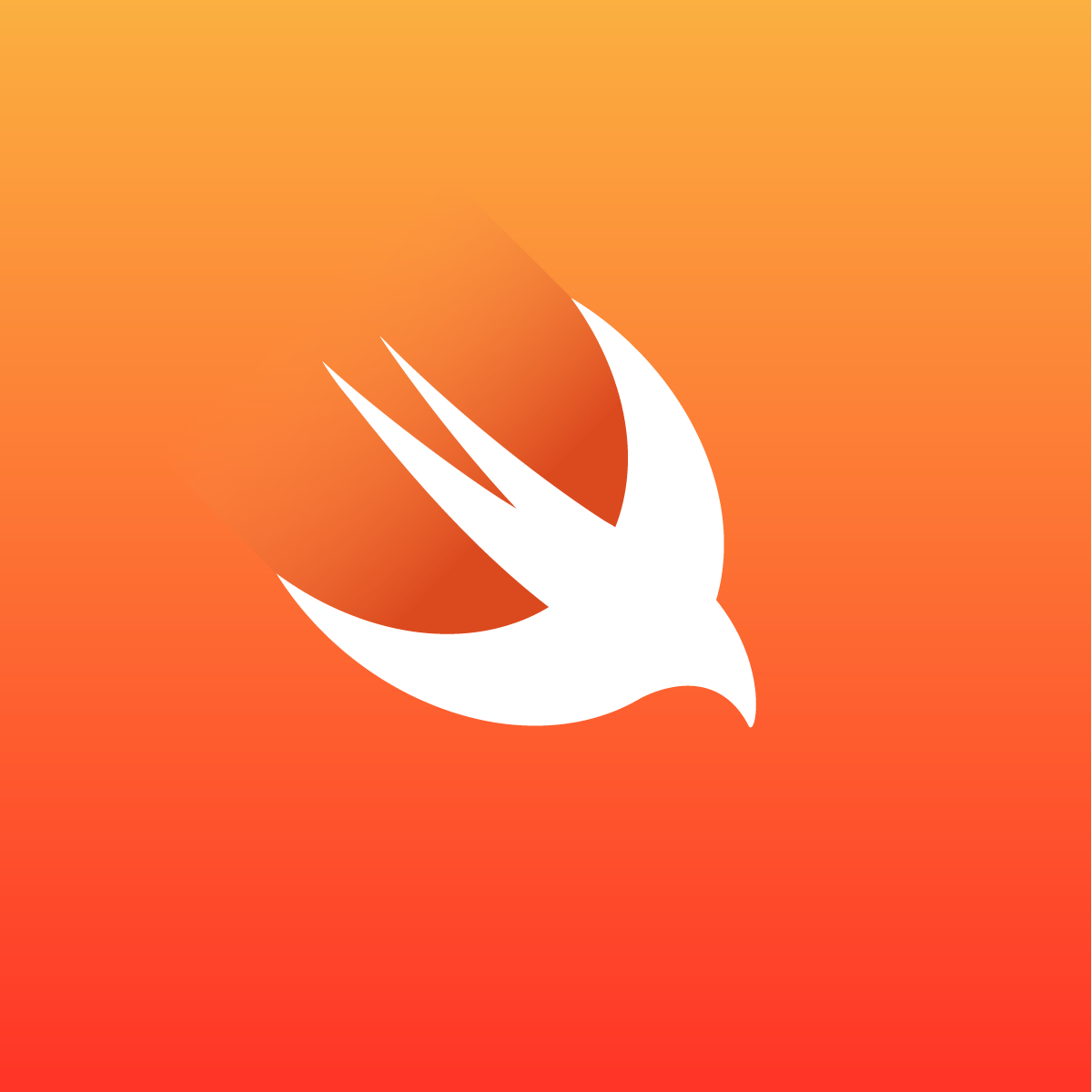- August 28, 2025
- Mins Read
Custom On/Off Animated UIButton, written in Swift. By Creativedash
About
This control is inspired on this Creative Dash dribbble:
Swift Upgrade
Use tags to fit your Swift version:
Swift 3 => 1.4
Swift 2.3 => 1.3
Installation
Carthage
Add the following to your Cartfile:
github “rakaramos/OnOffButton”
Then run carthage update.
Follow the current instructions in Carthage’s README for up to date installation instructions.
CocoaPods
Add the following to your Podfile:
pod ‘OnOffButton’
You will also need to make sure you’re opting into using frameworks:
use_frameworks!
Then run pod install with CocoaPods 0.36 or newer.
Manually
Just copy the OnOffButton.swift into your project.
Implementation
After the installation, you can use it straight in code or with xib/storyboard.
In Code
class ViewController: UIViewController {
let onOffButton = OnOffButton()
override func viewDidLoad() {
super.viewDidLoad()
onOffButton.frame = CGRect(origin: .zero, size:CGSize(width: 100,height: 100))
// Adjust properties
onOffButton.lineWidth = 5
onOffButton.strokeColor = .whiteColor()
onOffButton.ringAlpha = 0.3
onOffButton.addTarget(self, action: #selector(ViewController.didTapOnOffButton), forControlEvents: .TouchUpInside)
view.addSubview(onOffButton)
}
func didTapOnOffButton() {
onOffButton.checked = !onOffButton.checked
}
}
Using @IBDesignables
Set the UIButton class to use OnOffButton:

Configure the properties as you want:

Create an IBAction:
@IBAction func changeButtonState(sender: OnOffButton) {
sender.checked = !sender.checked
}
Profit 😉
GitHub
- August 27, 2025
- SwiftUI
This package provides you with an easy way to show tooltips over any SwiftUI view, since Apple does not provide ...
- August 27, 2025
- SwiftUI
- Uncategorized
SimpleToast is a simple, lightweight, flexible and easy to use library to show toasts / popup notifications inside iOS or ...
- August 27, 2025
- SwiftUI
Create Toast Views with Minimal Effort in SwiftUI Using SSToastMessage. SSToastMessage enables you to effortlessly add toast notifications, alerts, and ...



